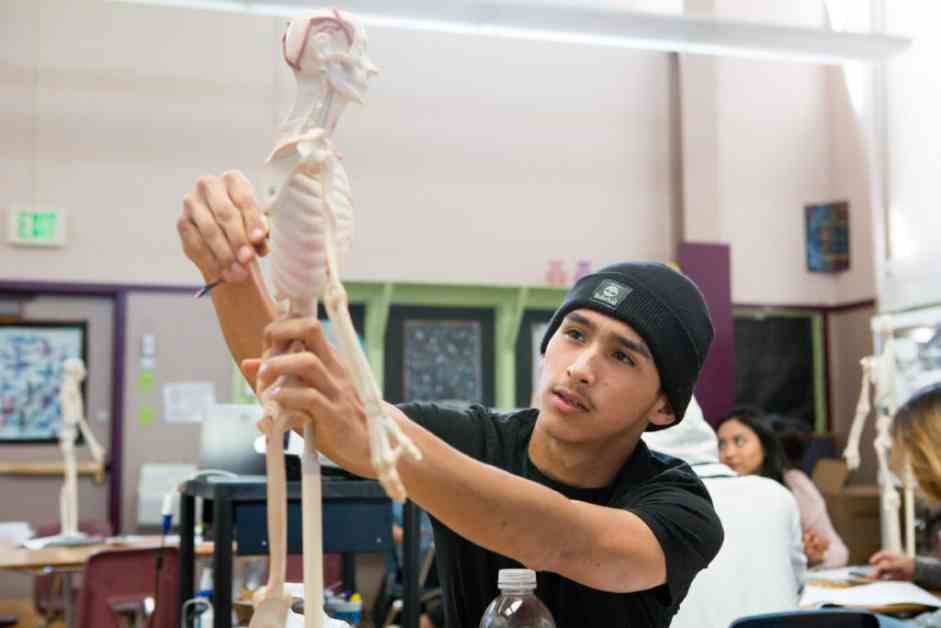Our education system has long been criticized for favoring theoretical learning over practical skills and abilities. The traditional one-size-fits-all approach to education has left many students and parents feeling disillusioned and frustrated. The emphasis on grades and test scores as the primary criteria for success has created a system that caters to a limited set of skills and talents, leaving many students behind.
In the past, vocational education and hands-on learning were more prevalent in schools, providing students with a pathway to well-paying jobs in a variety of trades. However, over time, funding for these programs has dwindled, and the focus has shifted towards academic achievement through written exams and essays. This shift has exacerbated existing inequalities, with students from higher social classes having a significant advantage over their peers from lower-income backgrounds.
Research has shown that social class is a significant predictor of school readiness, with students from higher social classes outperforming their peers on standardized tests. This disparity is particularly pronounced among Black and Hispanic students, who are more likely to live in poverty. For many students who struggle in the current academic system, vocational schools are often presented as a second-tier option, reinforcing the idea that academic success is the only path to a successful career.
The United States initially aimed to create a system that prioritized economic and social mobility by moving away from the German model of tracking students into academic or vocational paths at a young age. However, in an attempt to eliminate tracking, vocational education was largely phased out, leaving many students without viable alternatives to traditional academic pathways. The result has been a system that perpetuates inequalities and limits opportunities for students with diverse skills and interests.
Looking to countries like Finland, which have successfully integrated academic and vocational education, we can see the benefits of a more inclusive approach to learning. In Finland, students have the opportunity to explore both academic and technical subjects until age 16, at which point they choose a track that aligns with their interests and goals. This approach has led to high levels of student engagement, success, and overall happiness.
To create a more inclusive education system in the United States, we need to prioritize career and technical education, apprenticeships, and hands-on learning opportunities. By investing in vocational education and providing students with a range of pathways to success, we can ensure that all students have the opportunity to pursue their passions and achieve their full potential. It’s time to move away from a one-size-fits-all model of education and embrace a more holistic and inclusive approach that celebrates the value of all students.
